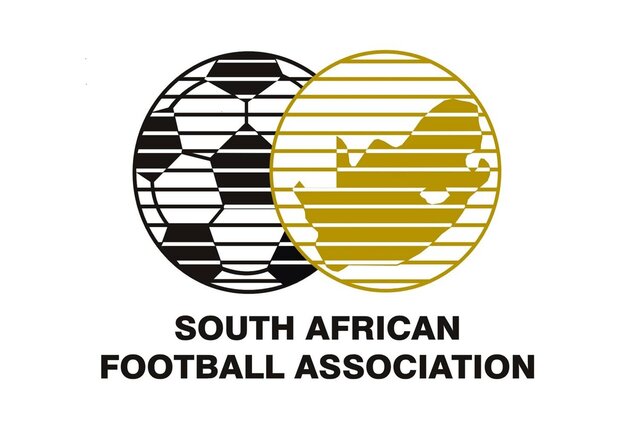Cape Town — The South African Football Association (SAFA) released its financial statements for 2022-2023 and revealed a shortfall of R107 million.
SAFA’s financial statements showed that SAFA actually posted an operating profit of R5 million, but was arrived at after the SAFA house wiped out a loss of more than R50 million. Without the R29 million disparity to the auditor’s figure and R55.7 million property revaluation, SAFA would have posted a R191 million shortfall.
According to a report by Sondlo Chartered Accountants, which echoed SAFA’s National Executive Committee (NEC), SAFA faced the possibility of having to post for insolvency if the situation cannot be addressed.
Sondlo’s letter has the shortfall at R136 657 870. The SAFA shortfall for 2021-2022 was R73 million, which has effectively worsened by R63 million.
“The group made an operating loss of R50 633 854 for the year, however there is a revaluation surplus of R55 677 57, which resulted in an overall profit of R5 044 003.” the NEC report said
“The group’s total liabilities exceeded its total assets by R7 439 825. However, the group’s current liabilities exceed its current assets by R107 441 777 excluding income received in advance, which will not crystallise as a cash outflow.” the report added.
Furtehr reporting by TimesLIVE said the NEC said total revenue “decreased mainly due to a reduction in sponsorship income, broadcast fees and grants”.
SAFA CFO Gronie Hluyo wrote that “implementation of the gender parity policy, while highly commendable, resulted in additional costs”.
The NEC report said SAFA’s turnaround strategy includes “embarking on a gigantic project” introducing an annual membership fee for South Africa’s “three million” footballers.
Hluyo said the R29m difference between the NEC’s R107m and auditor’s R136m shortfall figures was made up by the “income received in advance”, which he said related to sponsorships and the timing of their payments. Hluyo was asked if the auditor’s caution over Safa’s ability to continue as a going concern raises alarm bells.
“The numbers are correct to say we’ve got a net current liability position, which is why we had to come up with a turnaround strategy so we can improve this position.” he said.
Follow African Insider on Facebook, Twitter and Instagram
Picture: X/@SAFA_net
For more African news, visit Africaninsider.com
Compiled by Matthew Petersen


